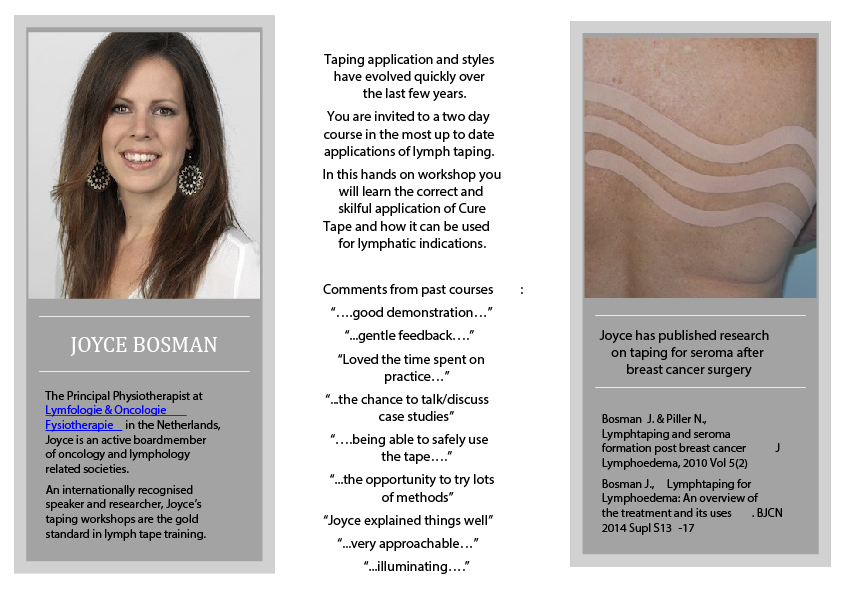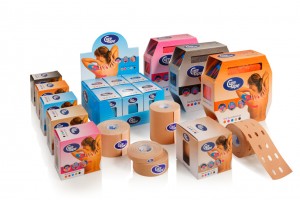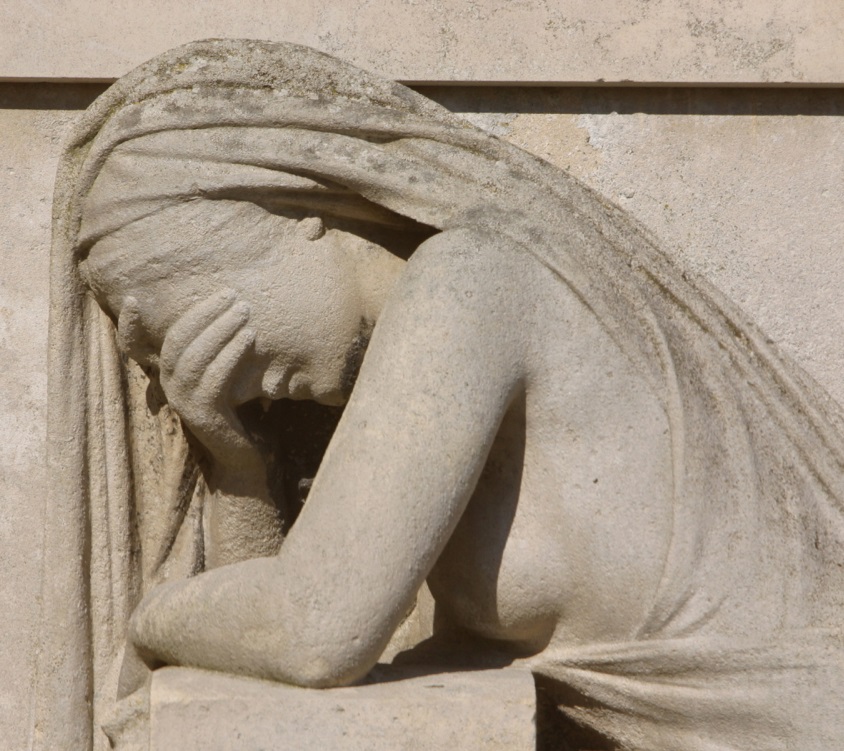Acne vulgaris (common Acne)
This is primarily a disease of puberty. The skin has visible nodes, pustules and blackheads. Excess sebum secretion and increased flaking of the epithelium of the ducts of the sebaceous glands cause the latter to become clogged. Microbes readily colonize this mixture of sebum and cutaneous horn laminae. These split off enzymatic free fatty acids from the sebum, which then provoke local inflammatory reactions in the neighboring regions. In addition secondary bacterial or mycotic colonization can take place making the clinical picture more serious. The surrounding vessels and hair follicles are also affected by these processes. There are a number of medical treatment options such as hormonal or strongly exfoliating substances, antibiotics or anti-mycotics (anti-fungals). Dietary measures are another important adjunct.
MLD (Manual Lymphatic Drainage) therapy
Inflammation caused by free fatty acids affects the success of MLD (Manual Lymphatic Drainage) therapy and its cleansing and rinsing affects. Naturally, if the acne shows signs of hyper-infection, this treatment must not be performed.
Before the treatment the skin should be prepared with warm compresses and washed thoroughly.
In order to clear out the drainage channels, the neck and face are treated first. One works over the smaller acne nodes: the larger nodes are drained in the direction of lymph drain flow. This heals blackheads and cosmetically improves scars.
Treatment should be 3 times per week at 45 minutes per session.
The patient should be advised to strive for a low fat diet, avoidance of chocolates, highly spiced foods, blue cheese, alcohol and nicotine.
Skin creams designed to combat oily skin because they trigger rebound over-
secretion of sebum.
Acne Rosacea
Despite the name similarity, this is in its origin a totally different disease than Acne Vulgaris. In this case one has episodic flare-ups of local edema, papuiles and pustules on the nose, cheeks, chin and forehead. This is followed by Osler’s syndrome in the damaged skin. Another possible development is rhinophyma. In addition the gastrointestinal disorders can also develop.
MLD (Manual Lymphatic Drainage) therapy
The face and neck are treated. Although Osler’s syndrome and especially Rhinophyma cannot actually be healed in this manner, the treatment can effect a significant overall cosmetic improvement. Dietry recommendations are the same as for Acne Vulgaris. Also direct sunlight is harmful to the skin in this case.
(Renato Kasseroller, “Compendium of Dr Vodder’s Manual Lymph Drainage”, 1998 P144-6 Italics ours).



